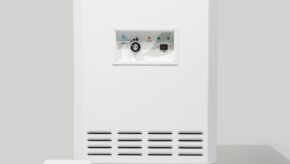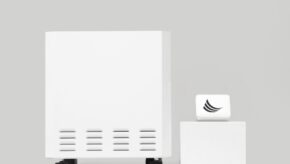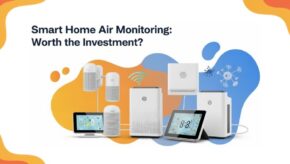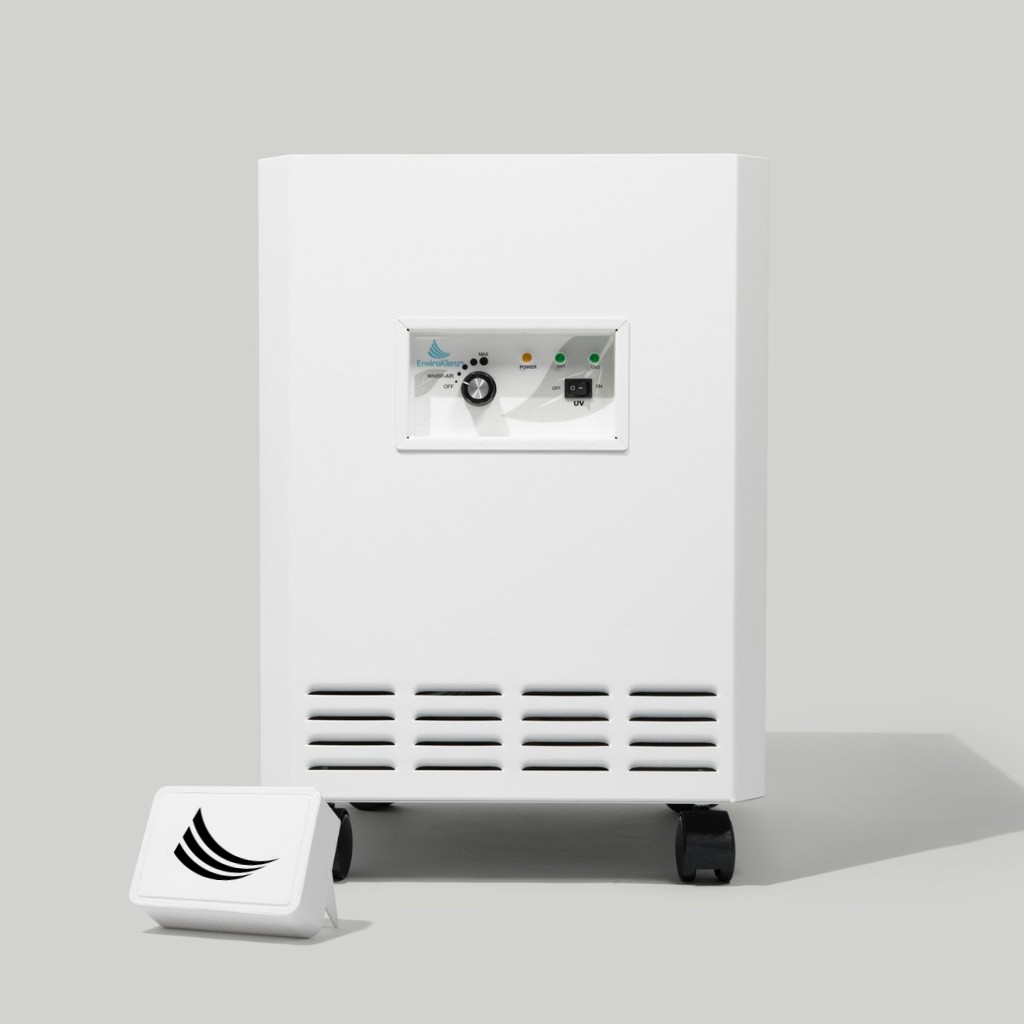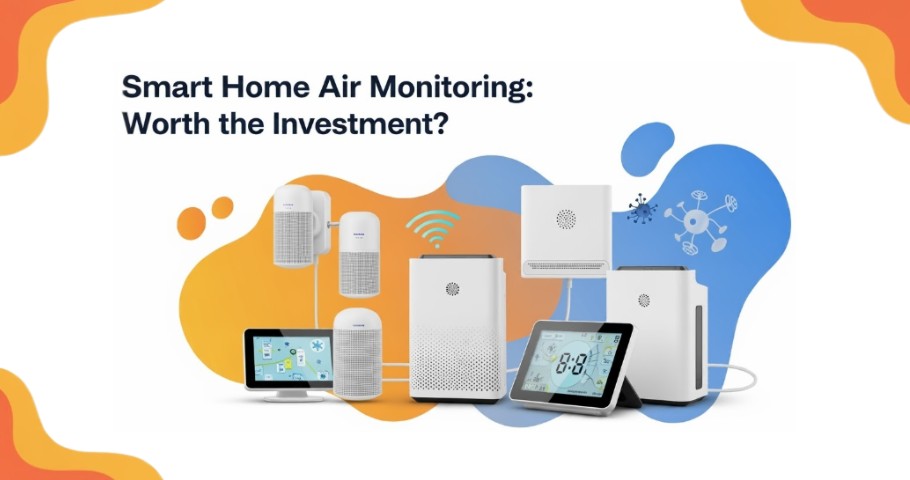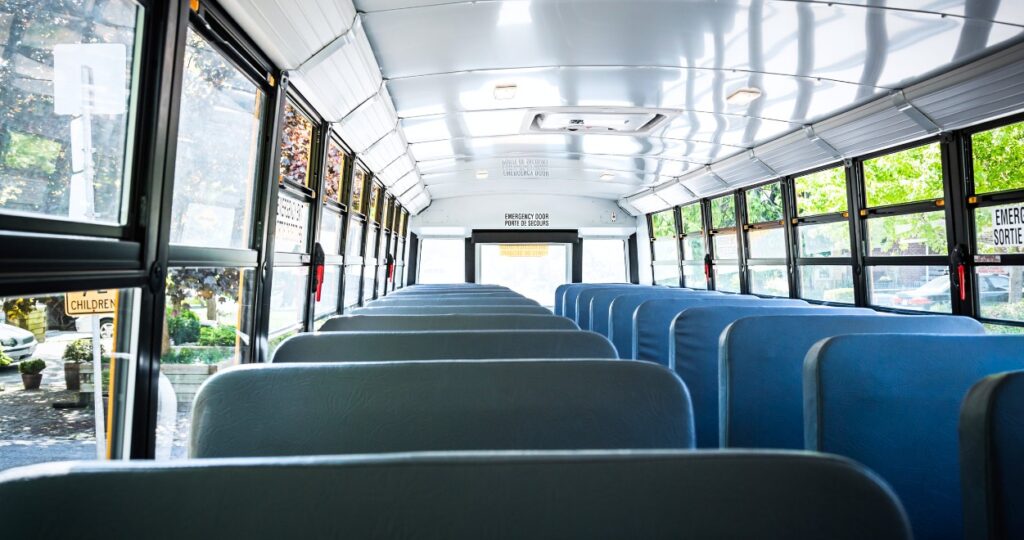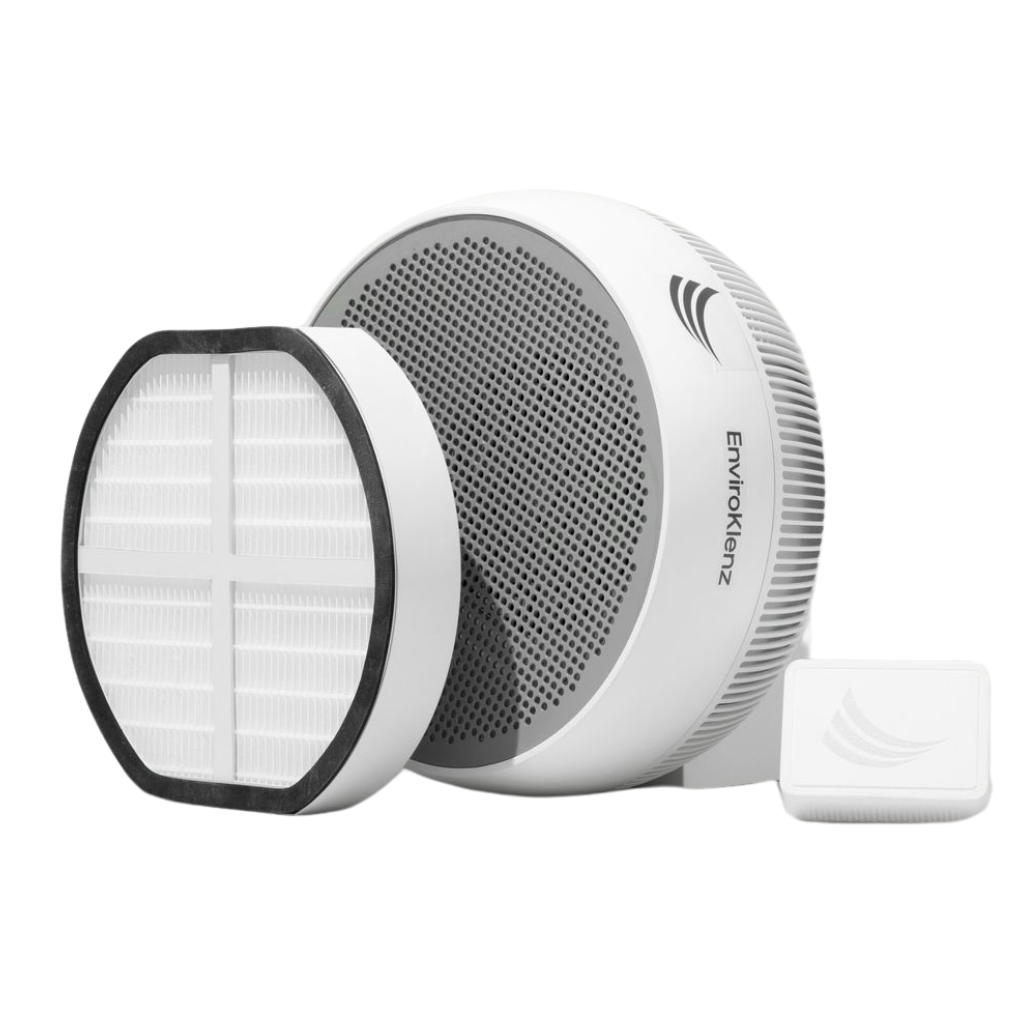Managing air quality inside school buses is more crucial than ever as diesel emissions and traffic-related pollutants continue to threaten children’s health. Every day, students are exposed to high levels of PM2.5, CO2, and volatile organic compounds (VOCs). These are the types of pollutants linked to respiratory illnesses, developmental issues, and cognitive impairments. The rising concern over air pollution makes it clear: fleet IAQ management needs milestone interventions to protect young passengers.
EnviroKlenz SMART Science Technology is revolutionizing how school buses manage indoor air quality (IAQ). And the result? Safer environments for children and drivers alike.
The Dangers of Diesel Emissions and Traffic-Related Pollution
Health Risks of Diesel Emissions for Children
Diesel emissions pose a significant threat to public health, particularly to children, who are more vulnerable to air pollutants. According to the World Health Organization (WHO), exposure to diesel exhaust has been linked to asthma, lung infections, and cognitive issues. Diesel exhaust contains PM2.5—fine particles that can penetrate deep into the lungs and bloodstream, leading to long-term health complications. The EPA warns that children are especially at risk because their lungs are still developing, and they breathe in more air relative to their body size compared to adults.
A Harvard School of Public Health study found that children exposed to high levels of PM2.5 experience 3.7 times more hospital admissions for respiratory illnesses. This is a significant concern, as 95% of school buses in the U.S. are powered by diesel. This also contributes to the elevated levels of traffic-related pollution that children inhale on their daily commutes.
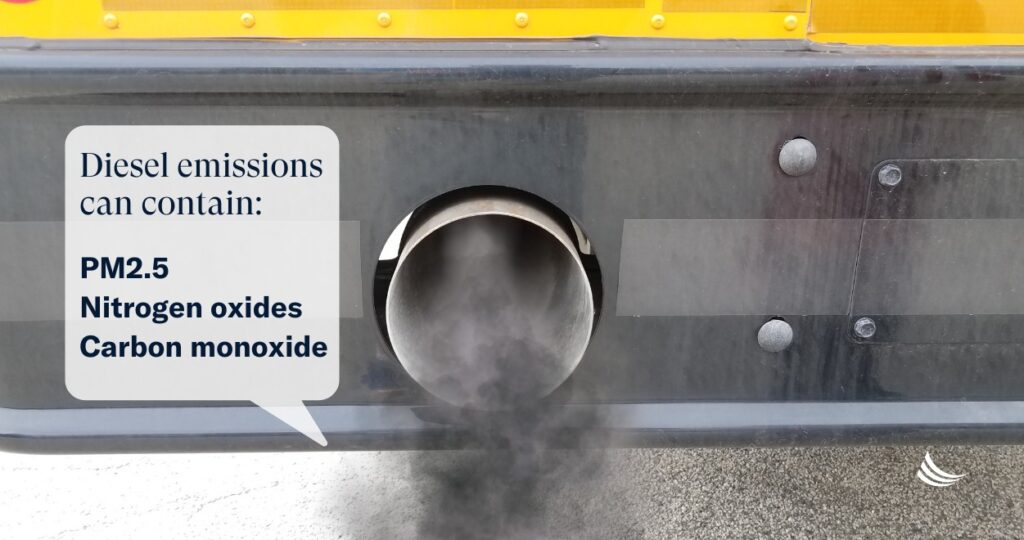
Traffic-Related Pollution and Environmental Impact
Children in urban areas are also heavily exposed to traffic-related air pollution (TRAP), which includes PM2.5, nitrogen oxides (NOx), and carbon monoxide (CO). These pollutants are known to cause developmental issues and cardiovascular problems. Research published in The Lancet estimates that air pollution from traffic accounts for 4 million new cases of childhood asthma each year worldwide.
Despite the dangers of diesel emissions, the transition to cleaner energy in school buses has been slow. Of the 480,000 school buses operating in the U.S., only 2% are electric. This means hundreds of thousands of children continue to be exposed to harmful diesel fumes every day, reinforcing the urgent need for better IAQ management solutions.
How SMART Science Enhances Fleet IAQ in School Buses
Real-Time Monitoring for Effective Fleet IAQ Management
The majority of the school buses on the road do not have a ventilation system in place. Those that do are running a basic ventilation model that provides little to no clean air exchanges on a fully occupied bus. Traditional ventilation systems in school buses are not designed to tackle the rising levels of pollutants caused by diesel emissions and traffic-related pollution. EnviroKlenz SMART Science Technology changes this by providing real-time IAQ monitoring and patented air filtration. By using systems like the SMART Mount™, buses can achieve up to 11-13 clean air changes per hour (ACH), a significant improvement over standard systems, which manage only 3-5 ACH.
For example, in a case study conducted in Maryland for Bayside Community Network, EnviroKlenz’s SMART Mount™ was installed in (2) buses. After a ten-day study, PM2.5 levels decrease by an average of 58%, and TVOCs saw a 48% reduction. This improvement significantly lowers the risks posed by these airborne contaminants. These reductions are also vital for protecting riders health in high-exposure environments.
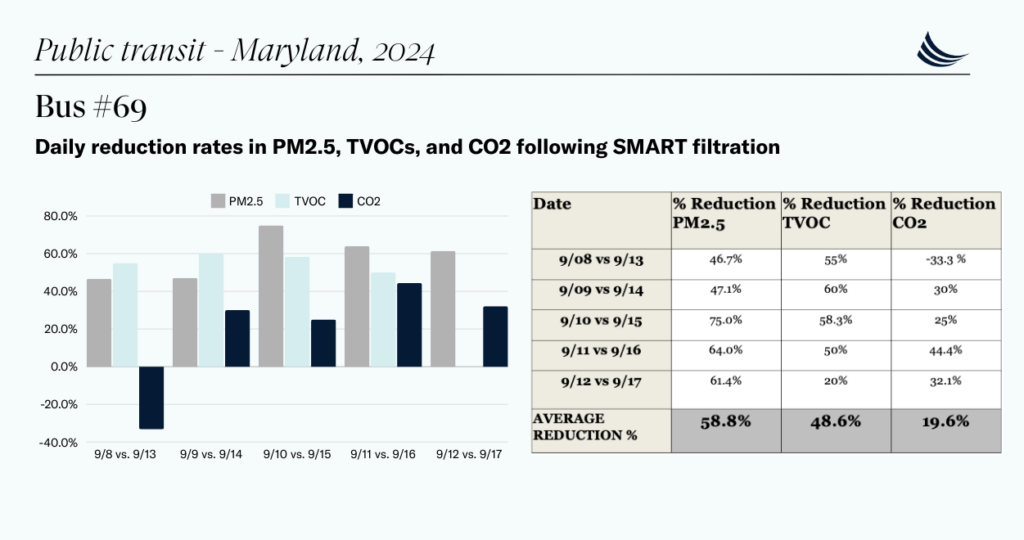
The Benefits of Fleet IAQ Monitoring in School Buses
Healthier Transportation for Children
The impact of improved IAQ in school buses is immediate and significant. According to the Harvard T.H. Chan School of Public Health, reducing PM2.5 and CO2 levels can reduce respiratory problems by 35% and improve cognitive function in children. By integrating SMART Science, buses not only meet higher health standards but also create safer, more comfortable environments for students. This tailored fleet IAQ management approach lets schools act smarter when it comes to safeguarding buses.
Given that children spend approximately 30 minutes per day on buses, the reduction of diesel emissions and traffic-related pollutants is essential for long-term health. Clean air is especially important for children who suffer from asthma or allergies. Real-time IAQ monitoring can protect children from exposure to dangerous levels of pollutants during their daily commutes.
ROI: The Health and Financial Benefits of SMART Science in School Buses
Improved Health and Community Impact
Investing in IAQ technology like SMART Science goes beyond cleaner air. It also provides measurable improvements in public health and long-term community well-being. Poor indoor air quality, particularly in school buses, can link to increased absenteeism, chronic respiratory illnesses, and learning difficulties.
According to the Harvard School of Public Health, students exposed to clean, pollutant-free environments perform better academically, and experience 35% fewer respiratory-related sick days. Additionally, reducing exposure to PM2.5 and VOCs can lead to fewer hospital visits. In the U.S. alone, air pollution accounts for $150 billion in medical expenses and lost productivity every year. By implementing IAQ technology, school districts can expect to see fewer health issues related to diesel emissions, ultimately reducing the burden on local healthcare systems.
Reducing Driver Shortages and Absenteeism
The benefits extend beyond student health. SMART Science Technology can help address a growing issue in school districts: the shortage of bus drivers. Drivers are increasingly calling in sick due to exposure to poor air quality. These health risks are contributing to job dissatisfaction and higher turnover. Studies show that indoor exposure to high levels of NOx and PM2.5 can cause short-term respiratory issues and long-term cardiovascular problems.
By improving IAQ in school buses, districts can reduce absenteeism among drivers. Healthier drivers mean more consistent service, fewer missed workdays, and less turnover, which saves on the costs associated with hiring and training new staff.
Elevating School Bus IAQ Management with SMART Science Technology
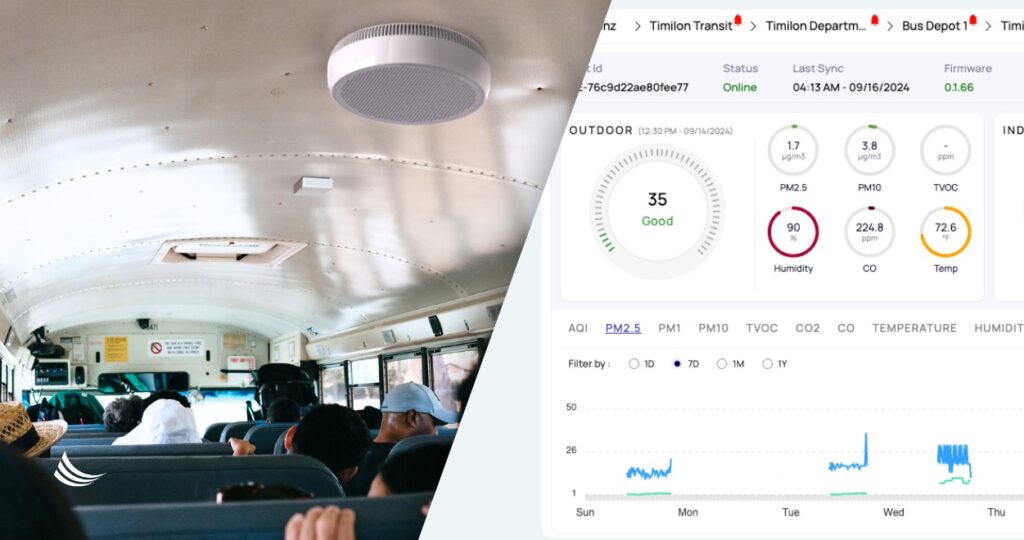
The evidence is clear. Investing in SMART Science Technology for school buses results in cleaner, healthier air for students and drivers while delivering measurable financial returns. That’s a favorable fleet IAQ management approach to consider.
A Public Transit Case Study revealed PM2.5 levels reduced by 40%, demonstrating how SMART Science’s filtration technology effectively captures harmful particulates. PM2.5 is a major contributor to respiratory illnesses such as asthma, bronchitis, and even long-term cardiovascular damage. The reduction of TVOCs by 32% was just as important. TVOCs include chemicals like formaldehyde and benzene found in vehicle interiors. These compounds are triggers to headaches, nausea, and long-term complications like liver and kidney damage, especially in children. With the ability to reduce TVOCs by nearly half, SMART Science helps create a healthier, safer environment for all passengers.
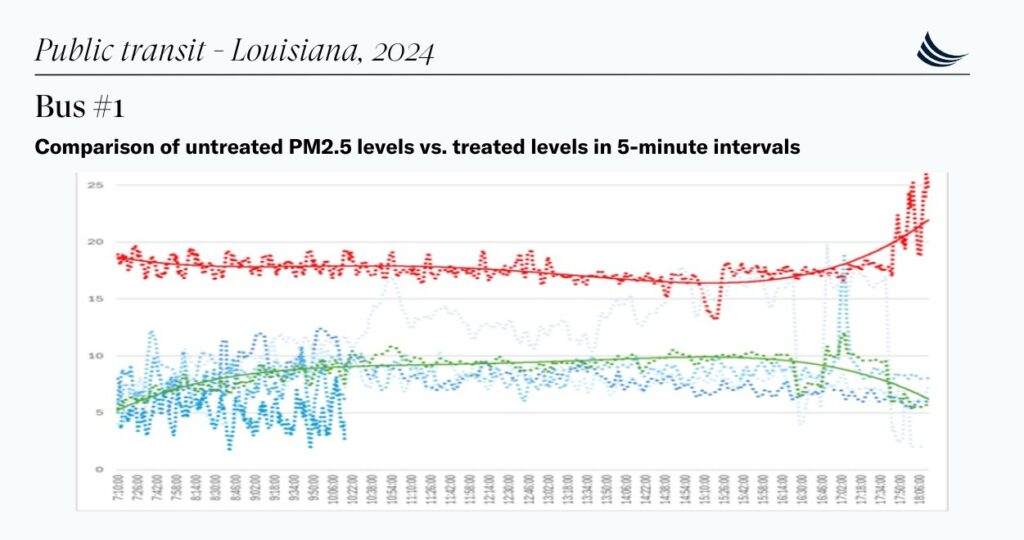
While the 20% reduction in CO2 is a critical achievement for managing cognitive function and ensuring adequate ventilation, the real impact lies in the combination of PM2.5, TVOC, and CO2 reduction. Together, these improvements ensure that both students and drivers are protected from the harmful pollutants in school buses. Reducing these contaminants not only helps prevent immediate respiratory issues but also promotes long-term health. This is especially true in vulnerable populations like children.
Protect driver & student health through fleet IAQ management
By integrating SMART Science Technology, school districts can achieve more than just better air quality. They can protect the health and well-being of their students and staff. The effects of poor air quality, especially PM2.5 and traffic-related air pollution (TRAP), are far-reaching. A growing body of research has linked these pollutants to chronic health conditions such as asthma, respiratory infections, and cognitive impairment in children.
Contact an EnviroKlenz IAQ Specialist today to explore how SMART Science can transform your fleet’s air quality, protect your students, and deliver measurable financial and operational benefits.
EnviroKlenz® Medical Disclaimer:
“Any information that is provided on this website is not for the use by any commercial or personal entity without expressed written consent of the blog author. The material and statements illustrated within this blog are not intended to diagnose, treat, cure, or prevent any diseases or medical conditions. Nor does the author in any way guarantee or validate the validity, totality, or efficacy of any claims and will therefore not be held responsible for the content of any claims. Always consult your medical physician for any specific medical advice or recommendations.”
